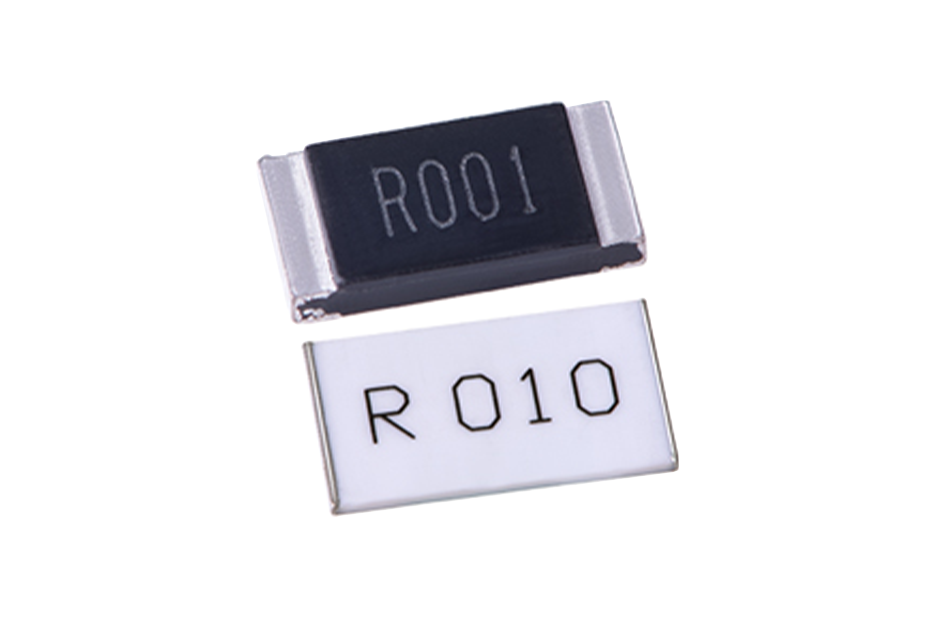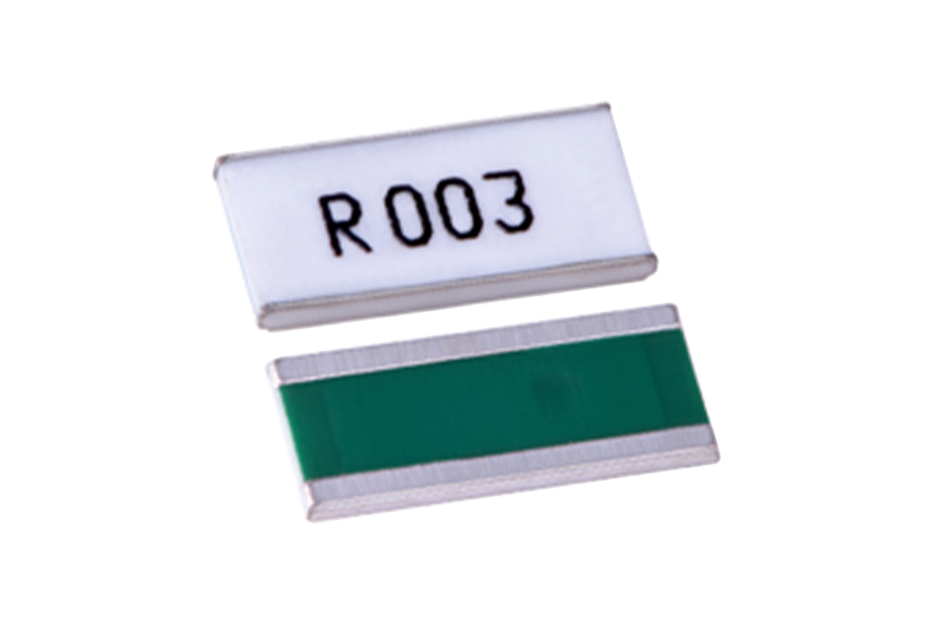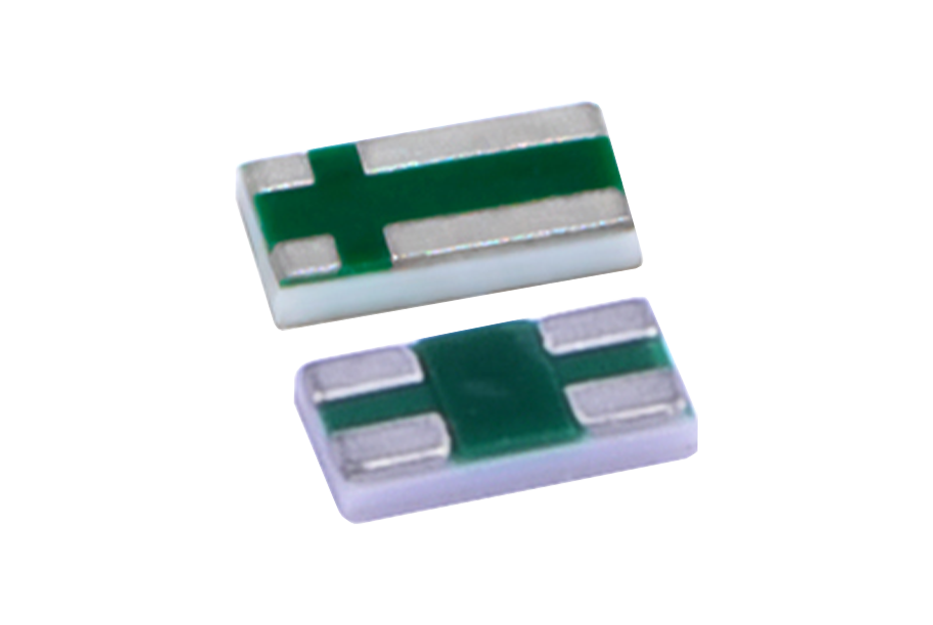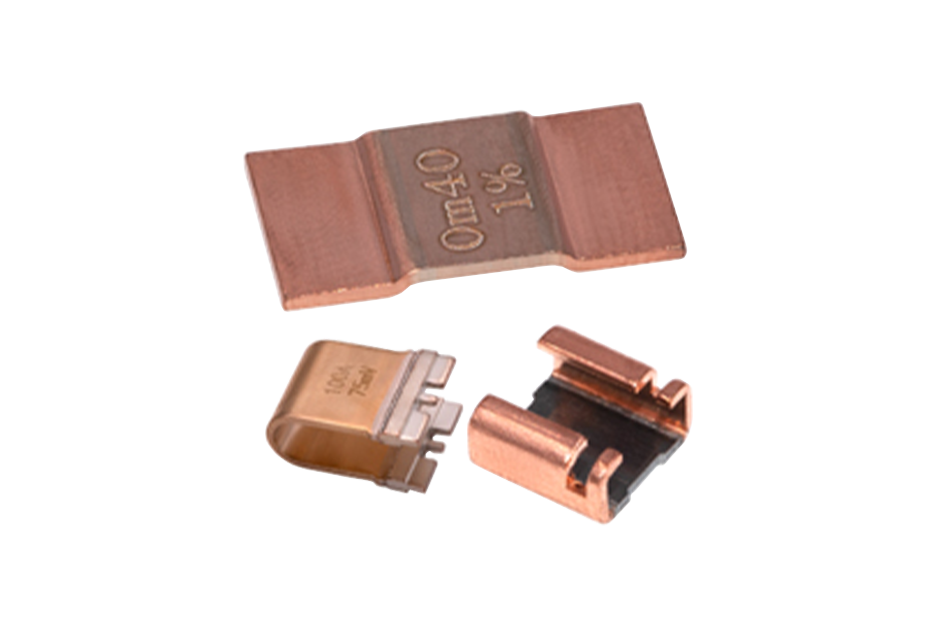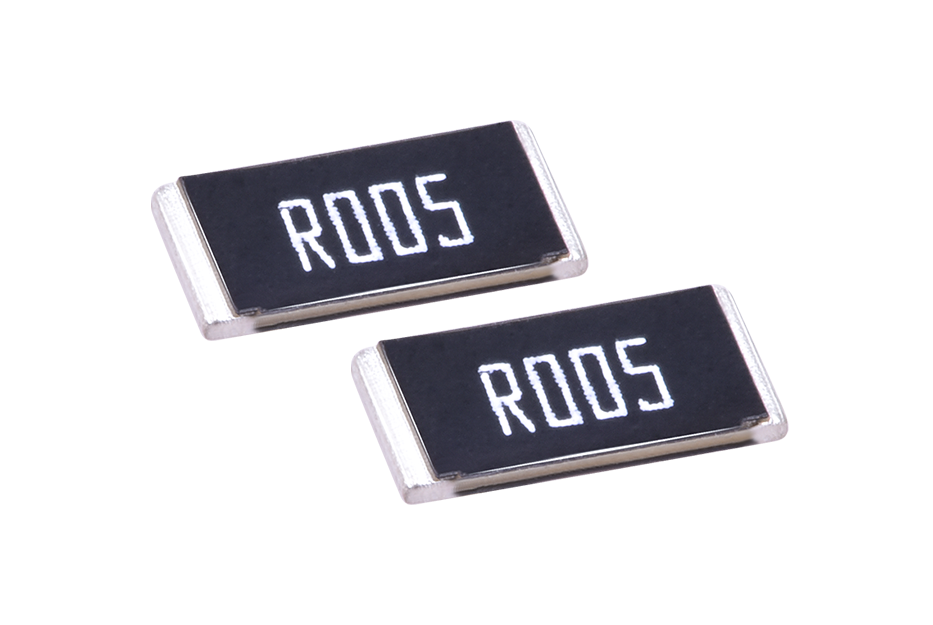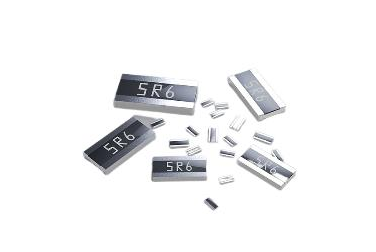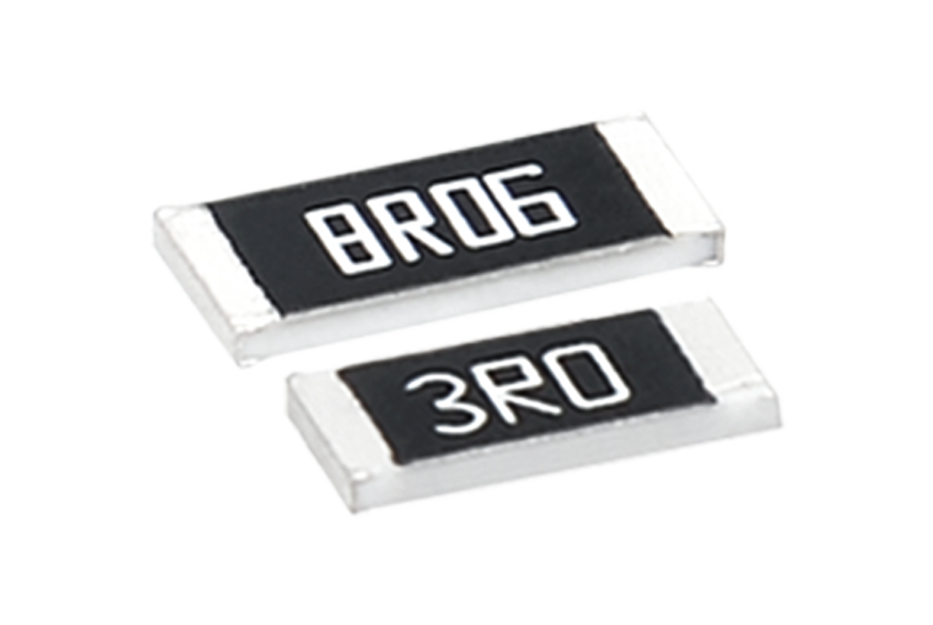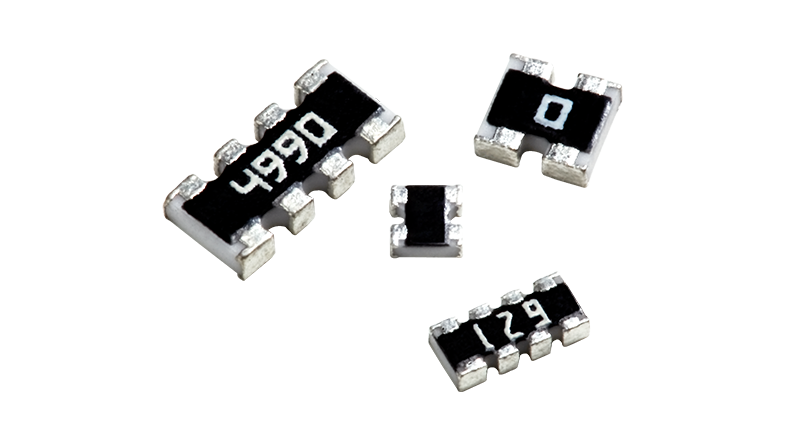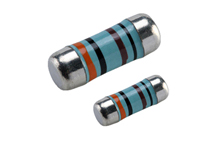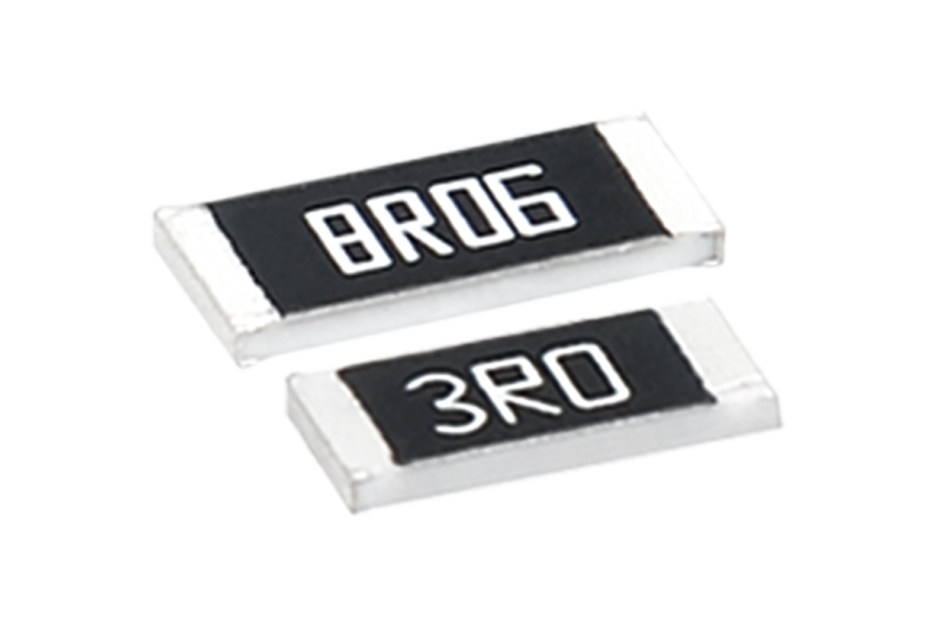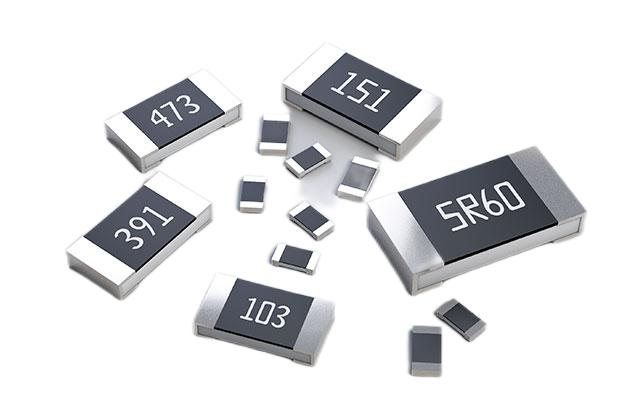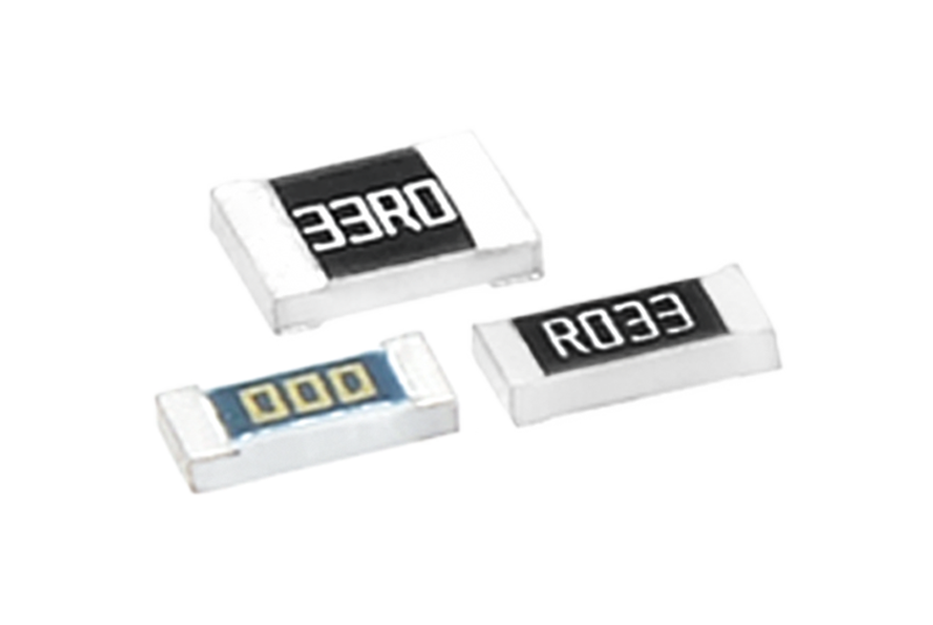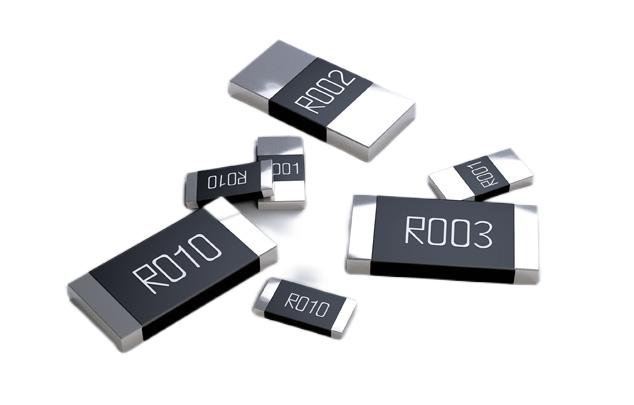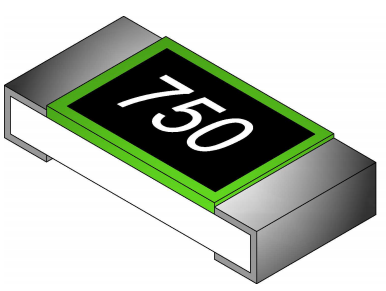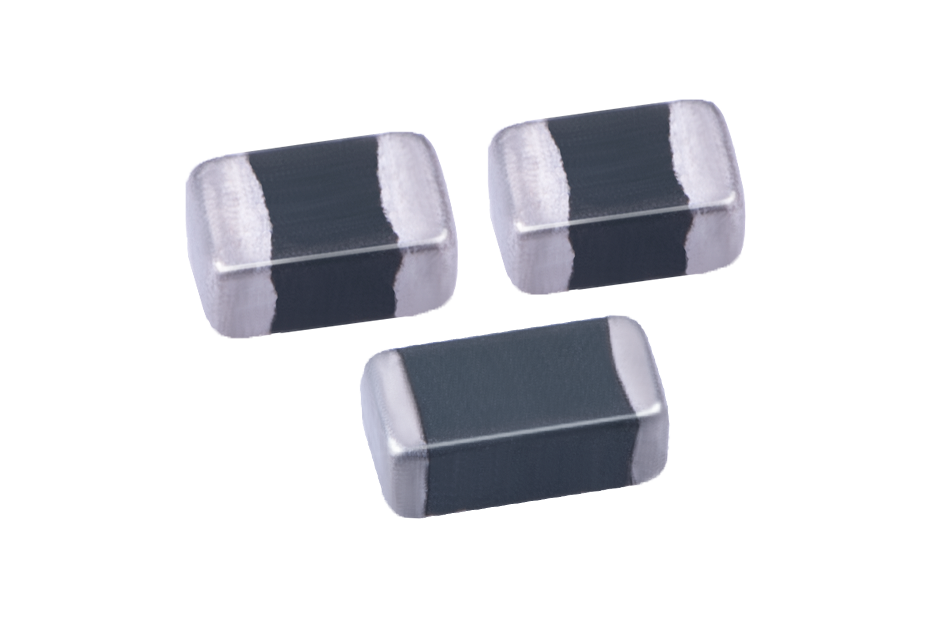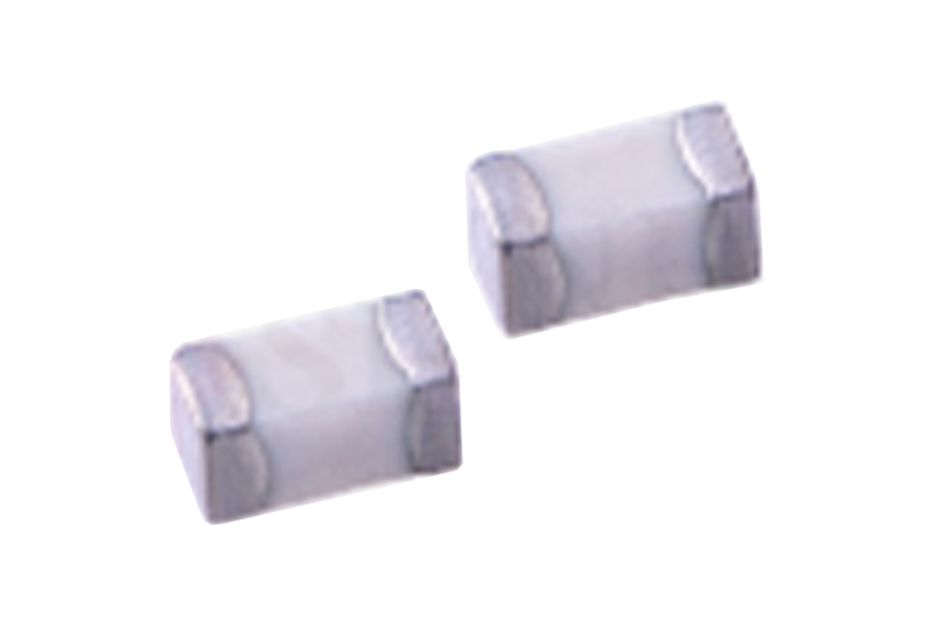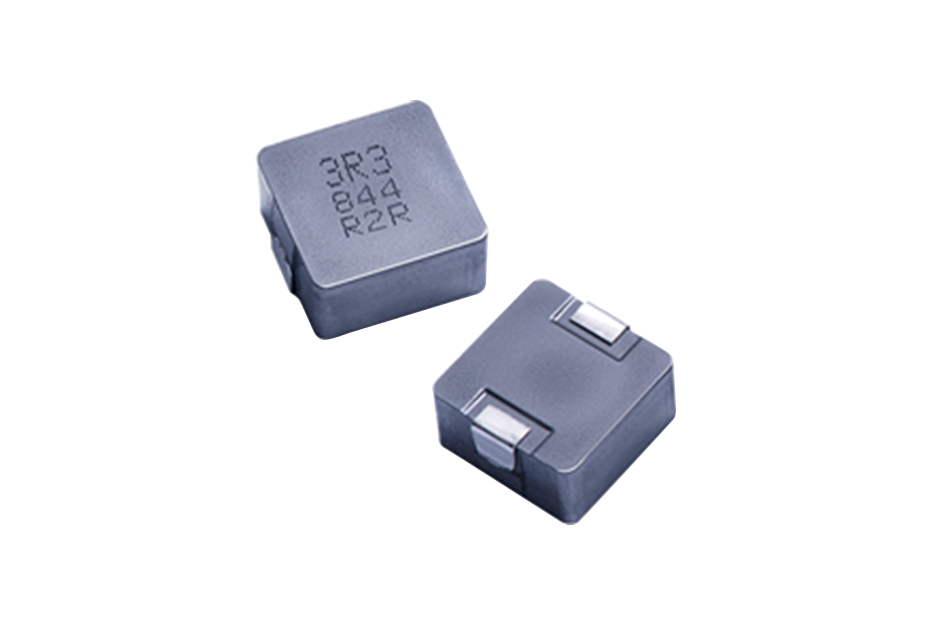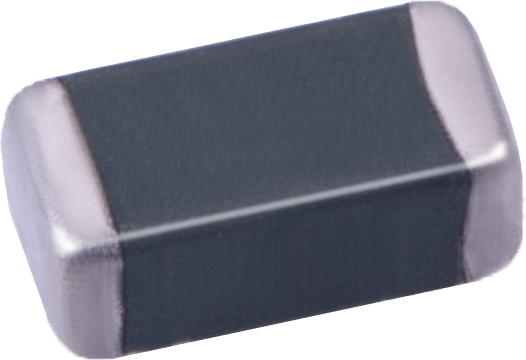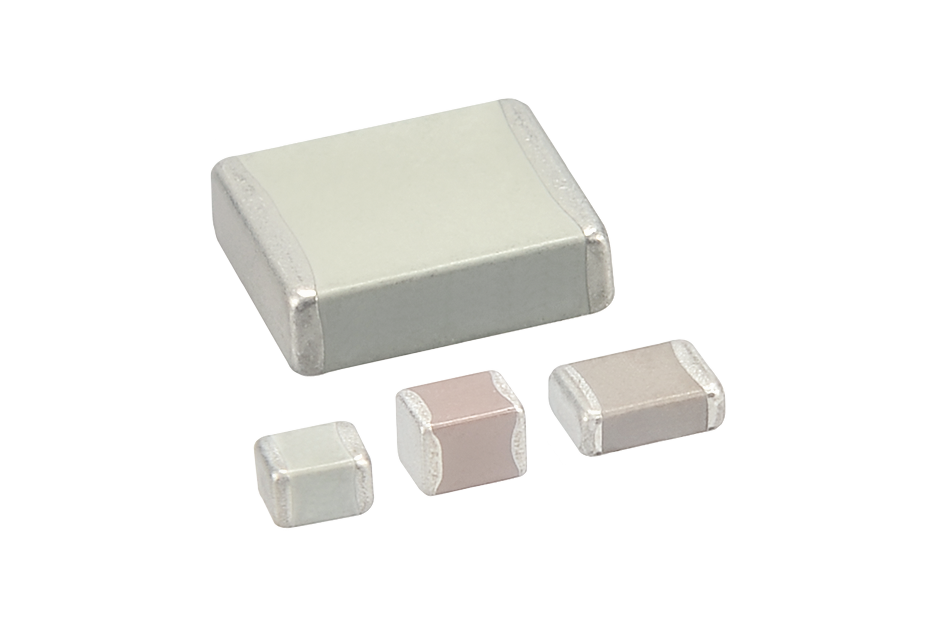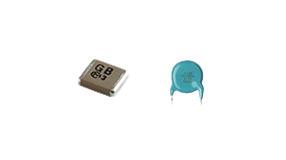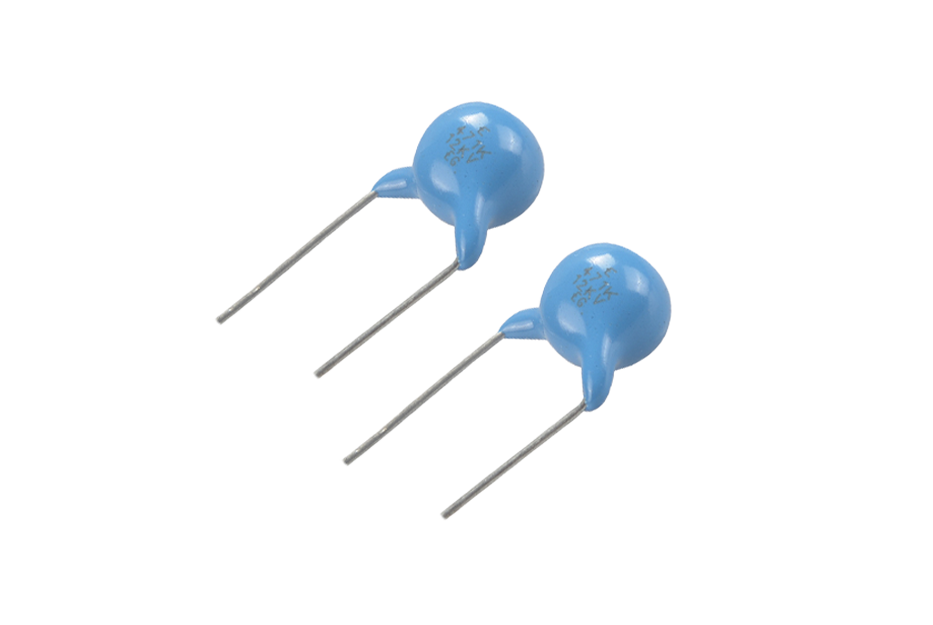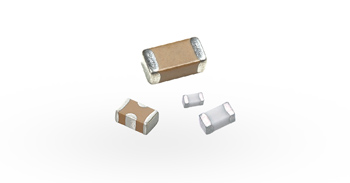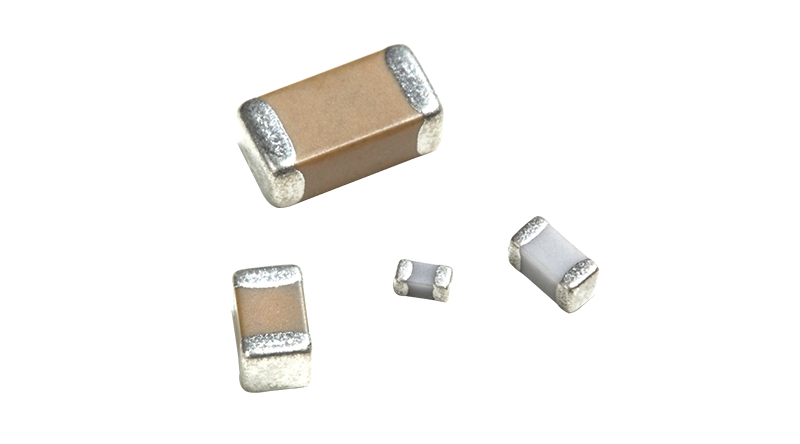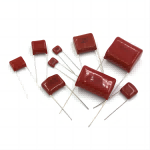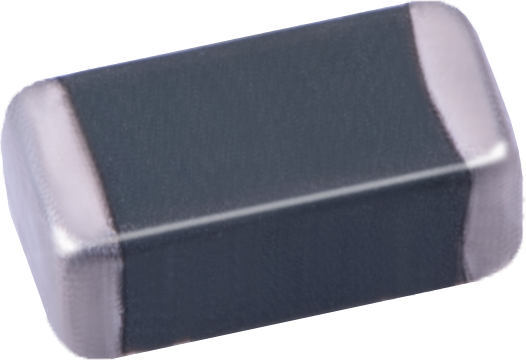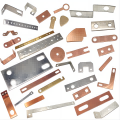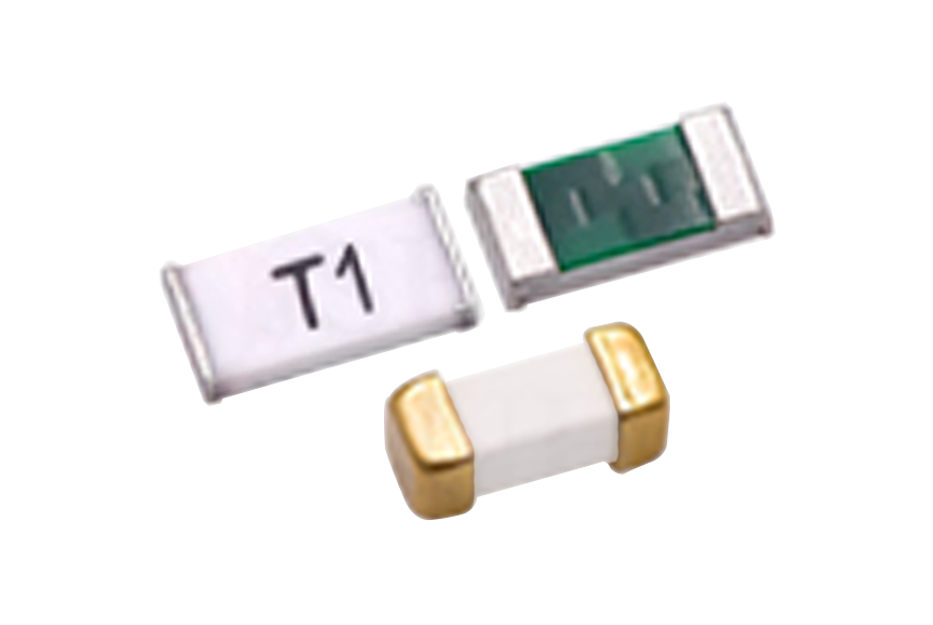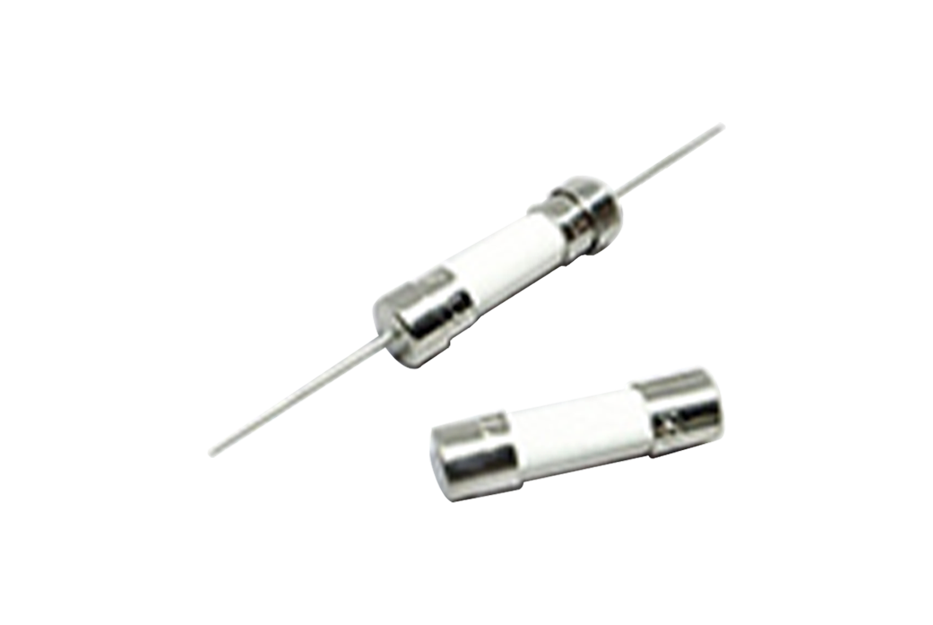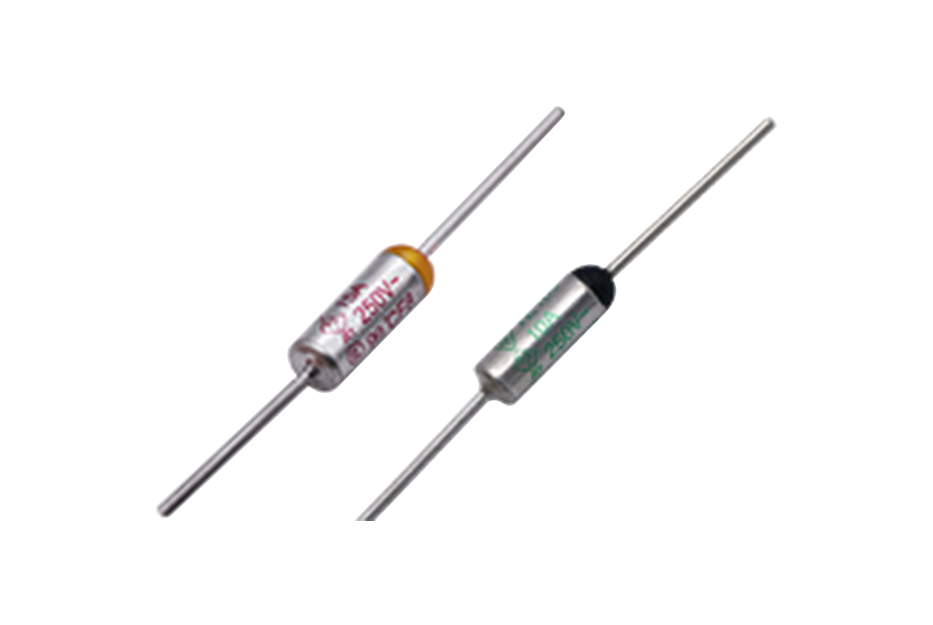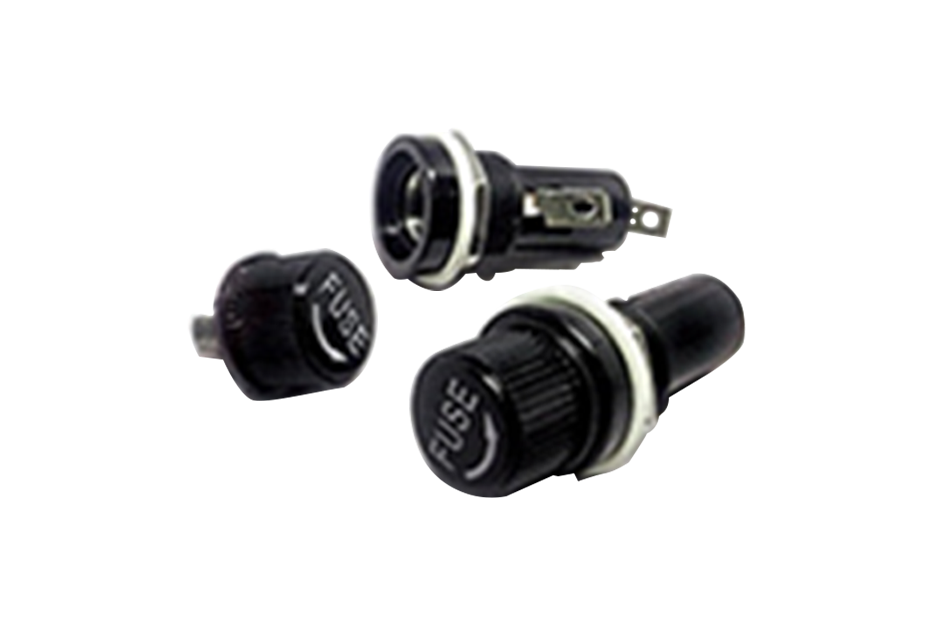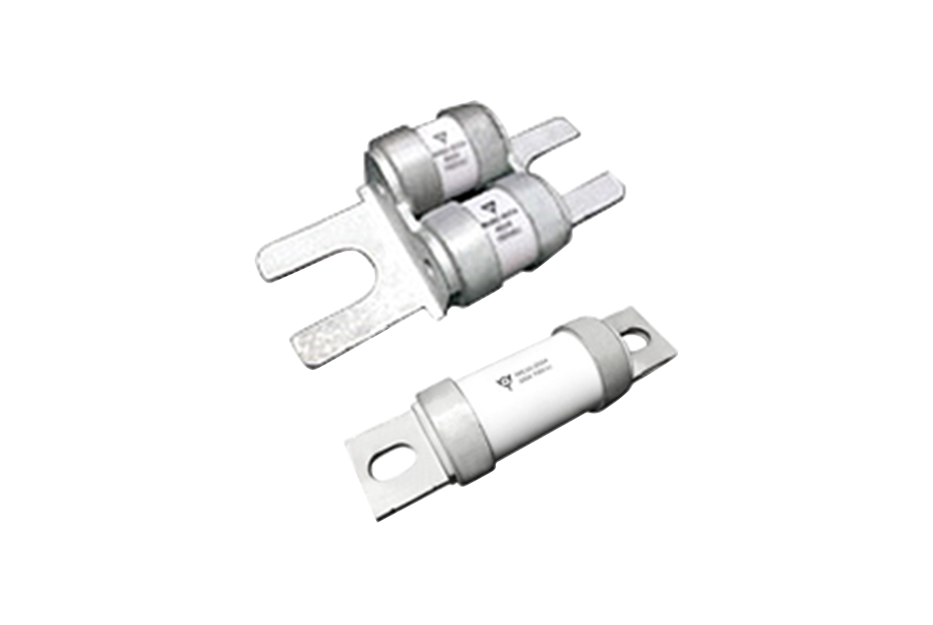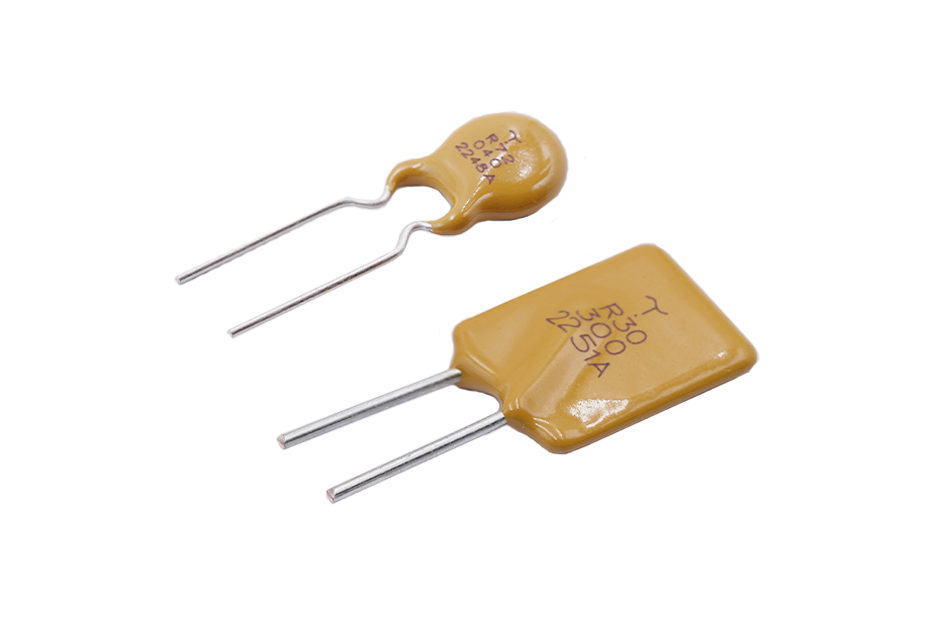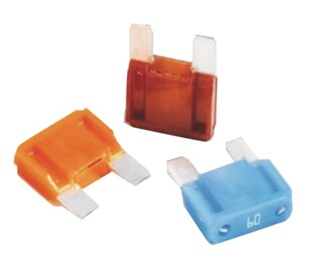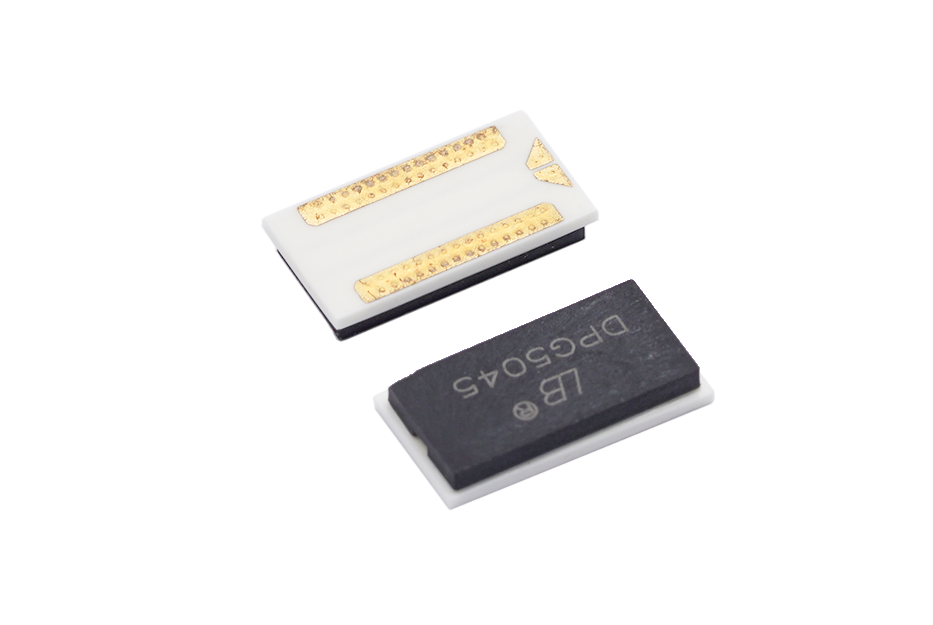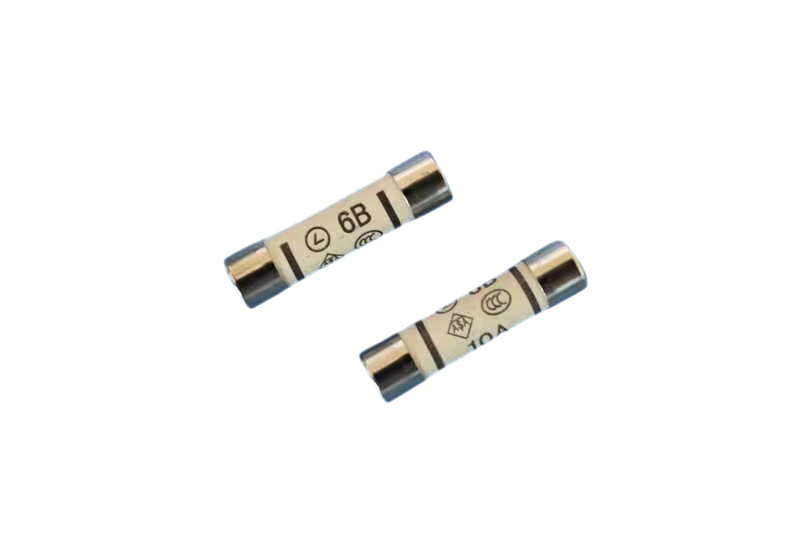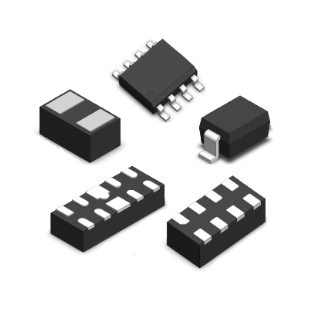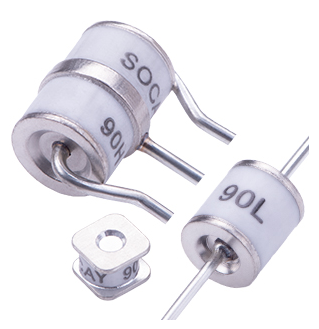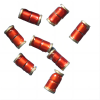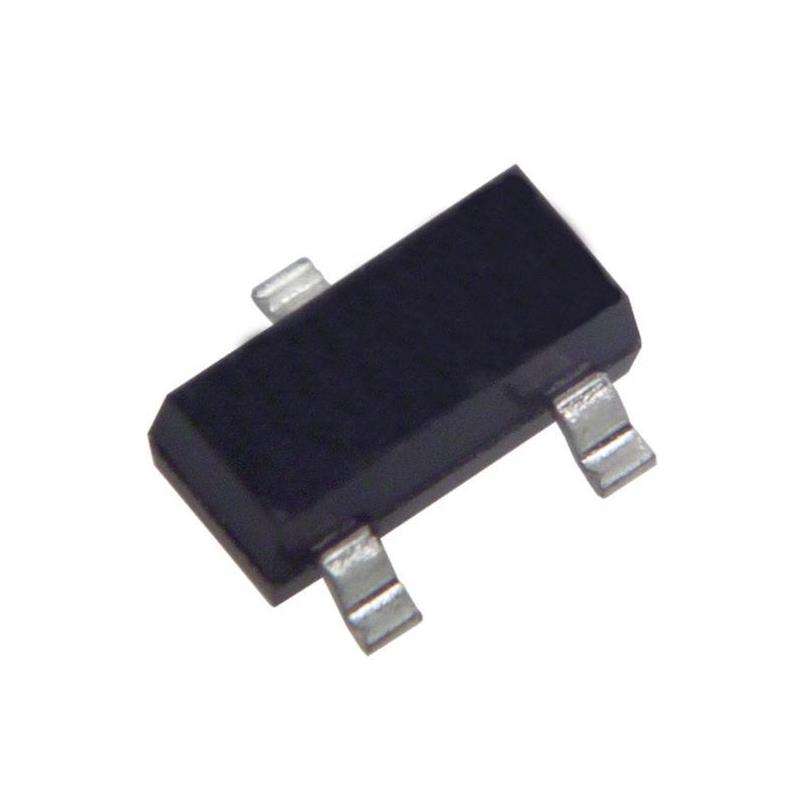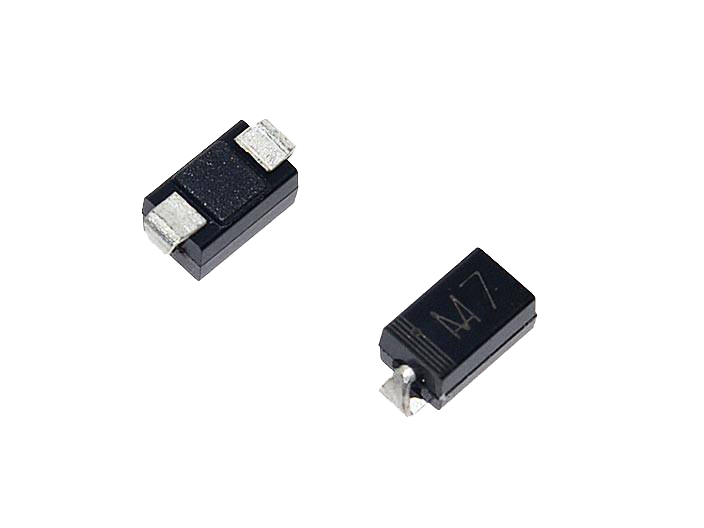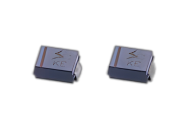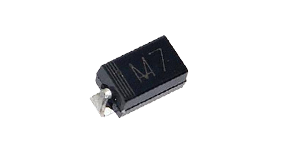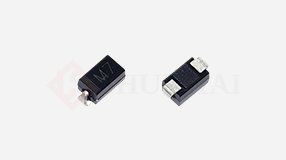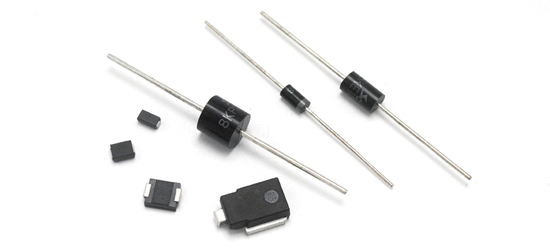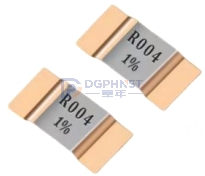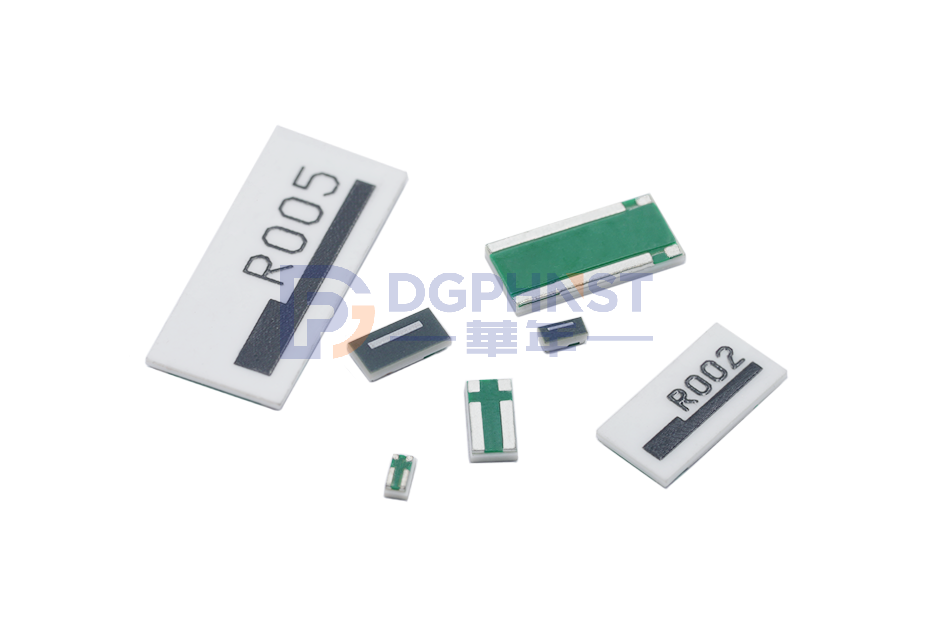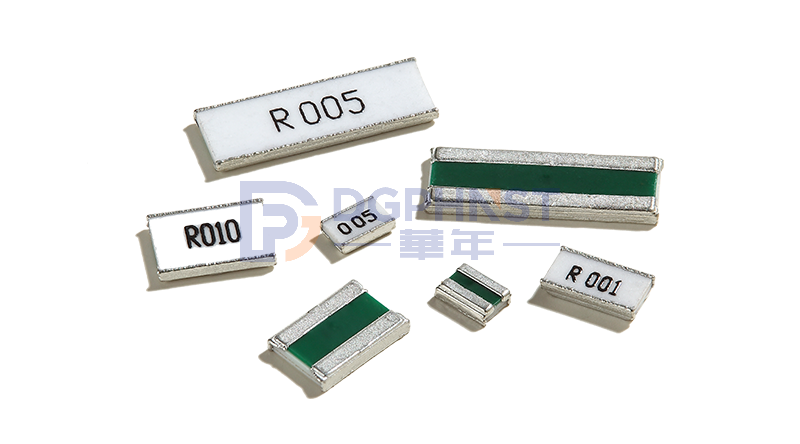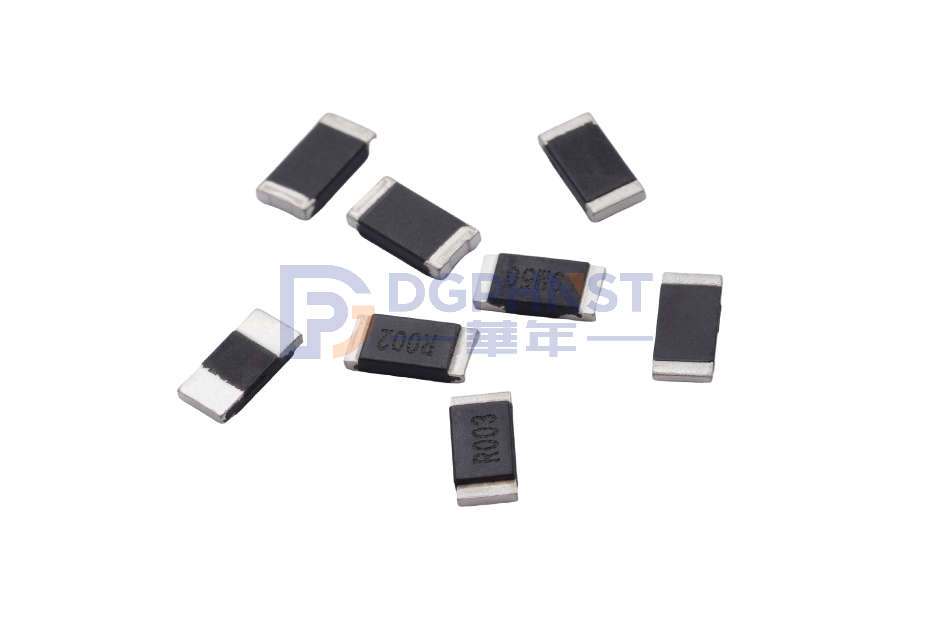When it comes to selecting resistors for a specific electronic circuit, several factors need to be considered to ensure proper functionality and performance. Here are some key considerations for resistor selection:
1. Resistance Value: The first and most fundamental aspect is to determine the appropriate resistance value required for the circuit. This value is typically specified by the circuit design, and it plays a crucial role in controlling current flow and voltage levels. Resistors are available in various standard resistance values, and it's important to choose a resistor with a value closest to the desired resistance.
2. Power Rating: The power rating of a resistor indicates its ability to dissipate heat. It is important to select a resistor with a power rating that exceeds the expected power dissipation in the circuit. If the power rating is too low, the resistor may overheat and lead to component failure or circuit malfunction.
3. Tolerance: Resistors have a tolerance that represents the allowable variation in their resistance value. It is crucial to consider the tolerance to ensure that the resistor's actual resistance falls within the required range. Tolerance is typically expressed as a percentage, such as ±5% or ±1%.
4. Temperature Coefficient: Certain applications may require resistors with stable resistance values over a wide temperature range. In such cases, it is important to consider the temperature coefficient of the resistor. The temperature coefficient indicates how the resistance changes with temperature. Resistors with a low temperature coefficient provide better stability under varying temperature conditions.
5. Package Size and Mounting: The physical size and package style of the resistor are important factors, especially when dealing with space-constrained designs or specific mounting requirements. There are various package types available, such as through-hole, surface mount, or specialized packages, and the selection should align with the circuit board layout and assembly process.
6. Environmental Considerations: In certain applications, such as high humidity or high-temperature environments, special resistors with enhanced resistance to moisture, heat, or other environmental factors may be required. It's important to consider the environmental conditions in which the circuit will operate and select resistors that can withstand those conditions.
7. Specialized Requirements: Some applications may have specific requirements, such as low noise, high precision, or high voltage handling. In such cases, specialized resistors designed for those specific requirements should be selected.
By considering these factors and understanding the specific requirements of the circuit, appropriate resistors can be chosen to ensure optimal performance, reliability, and compatibility with the overall system design.

